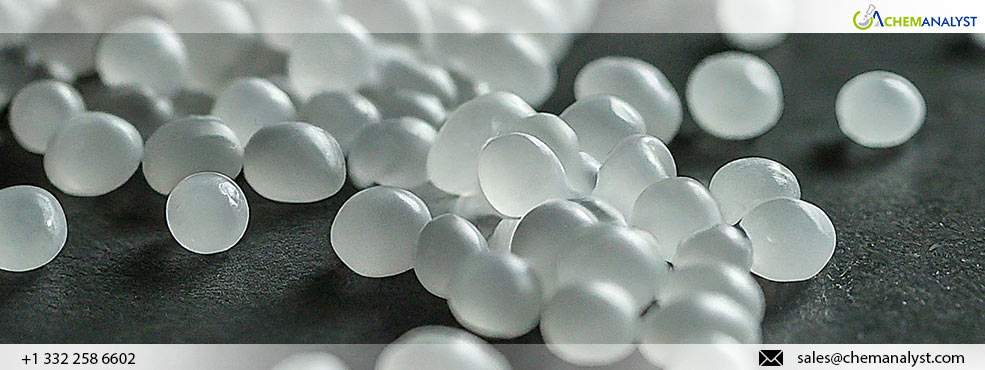Global PET Prices Exhibit Mixed Trends in Early August Due to Weak Demand and Insufficient Cost Support
- 28-Aug-2024 3:33 PM
- Journalist: Nina Jiang
During the first half of August 2024, the Polyethylene Terephthalate (PET) market in the US exhibited a balanced price trend, driven by several key factors. The stability in PET prices was mainly due to consistent feedstock costs, which did not exert significant upward pressure on overall production expenses. The prices for feedstock PTA remained steady, while MEG prices saw a decline of approximately 2.5%, influenced by insufficient cost support and weakened demand.
Throughout this period, the region experienced lower demand and consumption for PET, reflecting a market with ample inventory and average demand. Market participants noted that pre-buying activity was observed in anticipation of the hurricane season, which slightly influenced the PET market dynamics. Despite this, the overall activity in the PET market remained subdued, as market fundamentals remained unchanged. Additionally, persistently high ocean freight rates continued to pose challenges for market participants, even though there was a slight decrease in these rates. The elevated freight costs significantly impacted the buying appetite for imported PET, with some buyers opting to delay purchases in anticipation of further reductions in ocean freight rates.
In legislative developments, the US government introduced plans to tackle both local and global plastic pollution and waste. The Biden administration announced an initiative aimed at phasing out the procurement of single-use plastics in federal operations. This initiative targets the elimination of such materials in food service, events, and packaging by 2027, with a long-term goal to completely remove single-use plastics from all federal operations by 2035. These policy changes could have long-term implications for the PET market as manufacturers and suppliers adapt to the evolving regulatory landscape.
The PET market in Germany mirrored the trend observed in the US, exhibiting a balanced price trend in the domestic market during the first week of the month. However, by the second week, ending on August 9th, PET prices declined by around 1%. This decline was attributed to subdued purchasing activity and insufficient cost pressure from feedstock inputs, which were unable to sustain price levels. Specifically, MEG prices in the German market fell by 2% during the week, influenced by demand constraints and ample feedstock availability. Although PTA prices experienced a slight increase, it was insufficient to counter the overall bearish sentiment in the PET market. Downstream buyers displayed limited engagement, with consumption levels remaining moderate to low, further contributing to the price decline.
Further, the Asian PET market showed a declining trend, with PET prices depreciating by 3.2% in the first half of the month. This decline was driven by a weak feedstock market, low domestic consumption due to seasonal changes, and a reduction in overseas export levels. The drop in PET prices was primarily due to limited downstream offtake and weak support from raw materials. The weak macroeconomic environment, coupled with a downward trend in cost-side prices like crude oil, exerted downward pressure on PTA prices. Moreover, the imbalance in the PTA market, particularly the increased supply pressure, further intensified the price decline. Despite this, MEG prices rose by about 1.3% during the second week due to tight supply and reduced shipments from the Middle East. The PET market continued to face challenges as demand weakened, with downstream PET suppliers showing a lack of confidence in the bottle-grade PET market, leading them to replenish at low prices.



